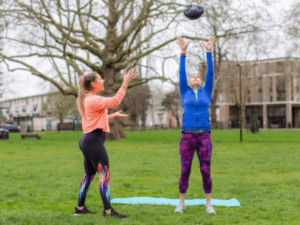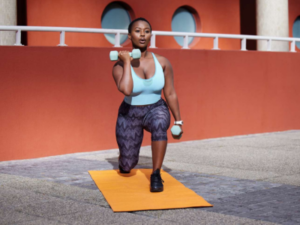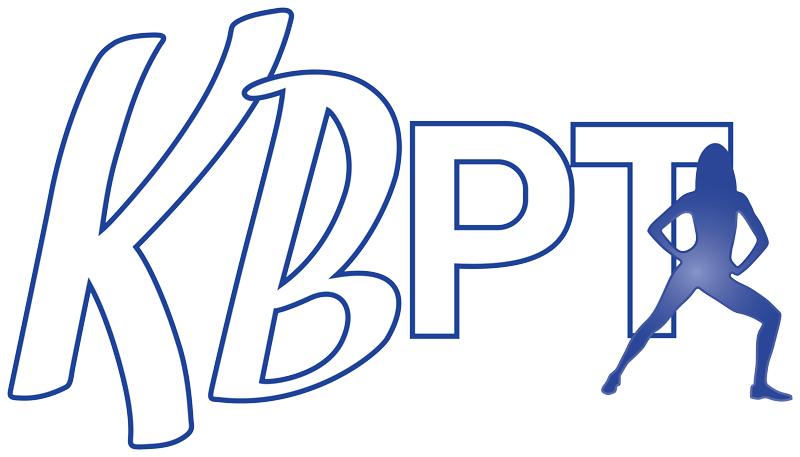Here at KBPT, we’ve supported lots of women through their pregnancy journeys. Exercising when you’re expecting has so many benefits, from reducing physical health risks to boosting your mental health, and with our bespoke pre natal training programmes, you know you’ll be in safe hands.
For this blog, we asked our friends at OM Therapy to answer some of the questions you might have about exercising while you’re pregnant. Over to Karolina Krzaczek, an experienced physiotherapist, who specialises in pregnancy and post natal pelvic floor related conditions and rehabilitation…
1. What are the main benefits of exercising while pregnant?
There are plenty of health benefits of exercise during pregnancy for both mother and child. For example, it helps to:
Reduce the risk of gestational hypertension, diabetes and fetal macrosomia
Reduce the risk of pre-eclampsia and preterm delivery
Maintain muscle strength and fitness
Boost energy levels
Maintain a normal BMI level
Reduce the chance of constipation during pregnancy
Improve sleep
Reduce anxiety and depression
Improve posture and prevent lower back pain, mid back pain and neck pain
Prepare for labour and birth
Reduce the risk of acute C-section, prolonged labour and instrumental delivery
Reduce postnatal recovery time
2. What kinds of exercise should pregnant women do and how often?
It’s recommended that, if a woman has a low-risk pregnancy, she should aim for at least 150 minutes of moderate intensity physical activity each week. This should include two sessions of strength training. She may consider splitting the 150 minutes into 30-minute sessions over five days as this may help to maintain regularity and consistency of her training routine.
Strength or resistance training during pregnancy is highly recommended. If a pregnant woman hasn’t used weights before, she can use mini-bands and her own body weight or she can get in touch with KBPT to safely introduce strength training into her daily routine.
3. Why is it important to stop doing high intensity exercise at month 3?
The general recommendation is that, each trimester, the intensity, duration and impact of exercise needs to be adapted and that pregnant women should listen to their bodies. Month 3 is at the end of the first trimester where there is increased uterine growth. This may lead to round ligament pain that feels like an ache or sharp pain on one or both sides of the abdomen. Moreover, high intensity training is very demanding for the cardiovascular system. That’s why it is advised to shift to moderate intensity training, listen to your body and avoid overheating and dehydration.
4. How can doing pelvic floor exercises while pregnant help women after the birth?
Having a strong pelvic floor helps to prevent pelvic floor dysfunctions after the birth, such as stress urinary incontinence, pelvic organ prolapse, wind and bowel incontinence.
Additionally, the pelvic floor is a part of the dynamic core cylinder, which consists of diaphragm from the top, pelvic floor from the bottom, multifidus muscle from the back and transversus abdominis from the sides and front. Dynamic core supports the spine and controls the pressure inside the tummy. Functional dynamic core helps to maintain optimal posture, helps to optimise breathing, gives support to internal organs and prevents injury during exercise.
5. What are the most common problems you see in your post natal clients and is there a way that exercising during pregnancy could help to prevent them?
The most common problems I see in my daily practice are:
Lower back pain and sacroiliac (SI) joint pain related to long labour and weakened abdominal muscles
Abdominal separation (Diastasis Recti)
Pelvic floor related problems, such as urinary incontinence (UI), leaking wind or poo and pelvic organ prolapse (POP)
Neck and mid thoracic spine pain related to breastfeeding position
Regular exercising during pregnancy has a huge impact on how quickly women recover after giving birth. Also, doing pelvic floor exercises regularly during pregnancy reduces the risk of having pelvic floor dysfunction afterwards.
6. Are there any risks when it comes to exercising during pregnancy?
Yes, there are. That’s why it’s crucial to discuss with your GP if it is safe for you to exercise while you’re pregnant.
The high-risk conditions include ruptured membranes, persistent vaginal bleeding, placenta previa after 28 weeks’ gestation, pre-eclampsia, an incompetent cervix, intrauterine growth restrictions, uncontrolled type 1 diabetes, uncontrolled hypertension and thyroid disease.
Other potential risks include preterm birth, gestational hypertension, mild to moderate cardiovascular or respiratory disease, symptomatic anaemia, malnutrition and eating disorders and, when a woman is expecting triplets or more, there is a risk they may have a twin pregnancy after the 28th week.
7. You mentioned abdominal separation during pregnancy – can you explain what happens and how having a strong core can help?
Yes, sure. DRA (Diastasis Rectus Abdominis) is a separation of the abdominal muscles at the linea alba and is associated with increased laxity of the anterior abdominal wall. During pregnancy, every woman will develop some degree of abdominal separation. It’s completely natural. There is no time frame indicating how long it takes to heal DRA but research shows that working on core muscles before and during pregnancy will speed up the recovery process.
8. You’re a physiotherapist at OM Therapy in Hackney. What pre natal treatments does OM Therapy provide?
We offer pregnancy massage from 12 weeks of pregnancy.
We also offer pre natal osteopathy to address all pregnancy related musculoskeletal issues, such as pelvic pain, hip pain and rib pain, as well as sleeping issues, headaches, acid reflux and other digestion problems. Through osteopathic treatment, we help prepare women for the labour body by providing specific mobility and breathing exercises as well as treating any areas of restriction or discomfort in the woman’s body.
In addition, we have a very busy pre natal acupuncture clinic. We specialise in natural fertility support for both men and women who are on their fertility journey. Acupuncture can help with issues such as dizziness, nausea, sleeping difficulties, digestion problems, lack of energy, depression and musculoskeletal pain (hip pain, groin pain and sciatica among others). Acupuncture treatment can often facilitate the initiation of contractions and, in some cases, women might require only one to three treatments to initiate the labour naturally.
We recommend that all pregnant women come in to OM Therapy for a pre natal assessment to gain a better understanding of their body’s changes during pregnancy, to educate themselves on prevention and rehabilitation for staying pain free and active during pregnancy and beyond and to prepare themselves for the labour as well as possible.
Thank you Karolina for your time and for providing so much useful information! You can find out more on the OM Therapy website and follow them on social media @om_hackney.
If you’d like to speak to our founder Kate about KBPT’s pre natal training programmes, email kate@kbpersonaltraining.co.uk.












